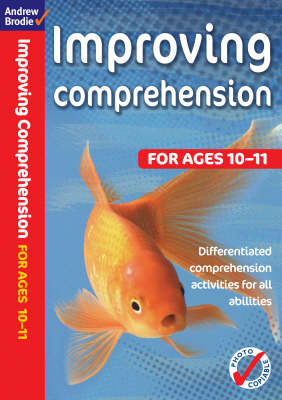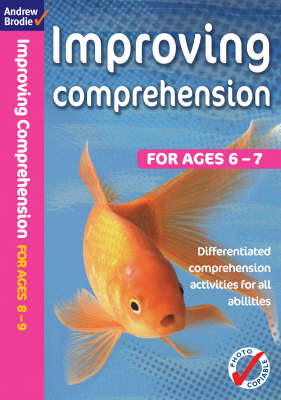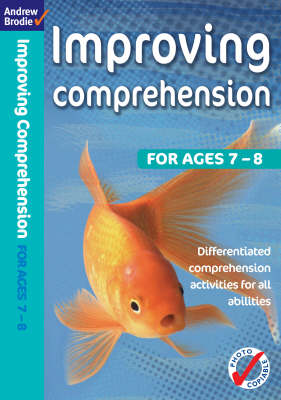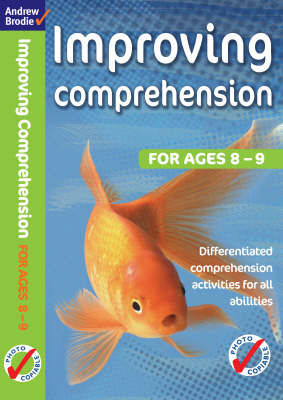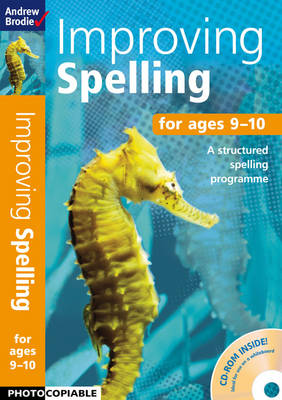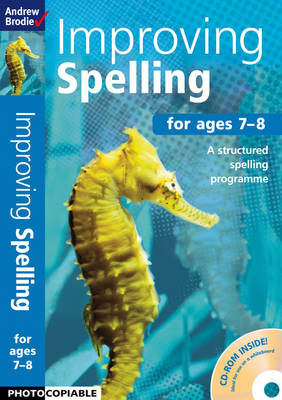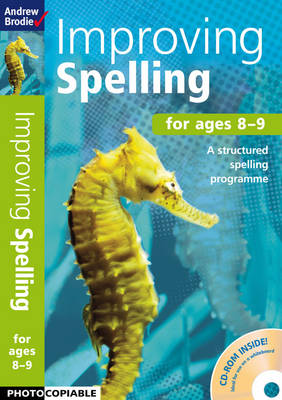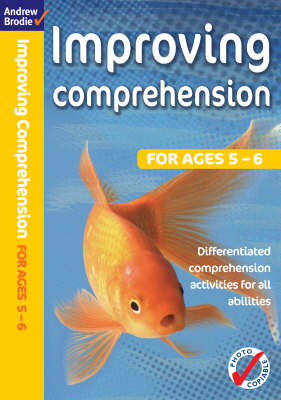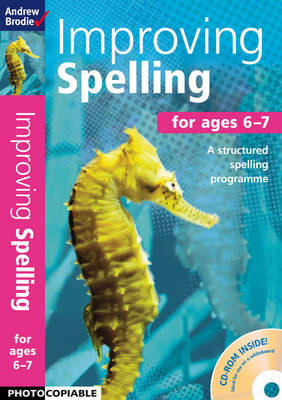Improving Comprehension
12 total works
The series addresses strands 7 and 8 of the new Primary Framework for literacy, which refer to understanding, interpreting, engaging with and responding to texts, and also strands 11 and 12, which are concerned with sentence structure, punctuation and presentation.
The series addresses strands 7 and 8 of the new Primary Framework for literacy, which refer to understanding, interpreting, engaging with and responding to texts, and also strands 11 and 12, which are concerned with sentence structure, punctuation and presentation.
The series addresses strands 7 and 8 of the new Primary Framework for literacy, which refer to understanding, interpreting, engaging with and responding to texts, and also strands 11 and 12, which are concerned with sentence structure, punctuation and presentation.
The series addresses strands 7 and 8 of the new Primary Framework for literacy, which refer to understanding, interpreting, engaging with and responding to texts, and also strands 11 and 12, which are concerned with sentence structure, punctuation and presentation.
The series addresses strands 7 and 8 of the new Primary Framework for literacy, which refer to understanding, interpreting, engaging with and responding to texts, and also strands 11 and 12, which are concerned with sentence structure, punctuation and presentation.
The series addresses strands 7 and 8 of the new Primary Framework for literacy, which refer to understanding, interpreting, engaging with and responding to texts, and also strands 11 and 12, which are concerned with sentence structure, punctuation and presentation.
